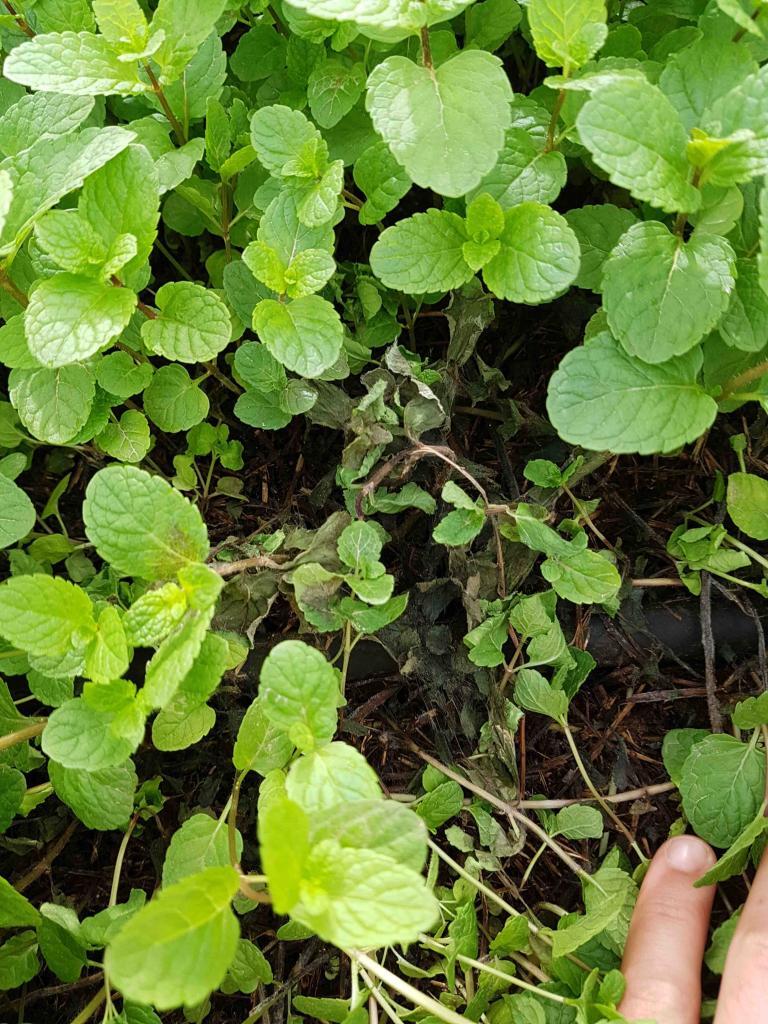வேரழுகல்
Eggplant, strawberry, pepper, tomato, basil, tarragon, mint, cabbage, cauliflower, pea, beans, soy, lettuce, cucumber, squash, melon, pumpkin, zucchini, watermelon, potato, carrot, beet, rice, sage, cucumber, radish, cotton, canola, wheat, barley, peanuts, corn, strawberry, turf grass, and tobacco
Rhizoctonia is a common seed-and soil-borne fungus with significant saprophytic characteristics (feeds on dead organic matter). Rhizoctonia causes “damping-off” in cultivated fields, ornamental plants, and turf grass. The pathogen overwinters on plant residue and soil.
Several types of rhizoctonia attack plants and are known by their non-host specialization; in other words, they can affect many types of plants. One such specie is rhizoctonia solani, which is the causal agent of black scurf of potatoes, violet root rot in carrots, bare patch of cereals, root rot of sugar beet, belly rot of cucumber, and sheath blight of rice.
Rhizoctonia favors high humidity conditions and can develop in a broad-spectrum of temperatures: 10-32c. Rhizoctonia tends to occur within the short time frame adjacent to planting; the fungi attacks plants at the soil line. Easy to spot symptoms of Rhizoctonia are “damping off” and reduced seed germination. Infected seedlings exhibit red to brown lesions primarily at the stem base. Red-brown to black lesions will form on roots. With time, infected seedlings will wilt, while older, more mature plants will exhibit an increased tolerance to the disease.
கால நேரம்: ஆரம்பக் கட்டங்களில் பூச்சித் தொல்லைகளைச் சமாளிப்பது எளிது, மேலும் அதற்கான செலவு மிகவும் குறைவாகும். வயல்வெளியை வழக்கமாகக் கண்காணித்து, மேற்கண்ட அறிகுறிகள் தென்படுகிறதா என்று ஆராயுங்கள்.
தொற்று மற்றும் பரவலுக்கான வாய்ப்புகளைக் குறைக்க, பயிர் வளரும்போது பல்வேறு நுட்பங்களைப் பயன்படுத்தவும்:
*போதுமான இடைவெளியை நிர்வகிக்கவும்: வெளிச்சம் ஊடுருவ அனுமதிப்பதற்கு, அதிக அடர்த்தியாக நடவு செய்வதைத் தவிர்க்கவும். இது ஈரப்பதமான நாட்களில் இலைகள் மற்றும் பழங்களை விரைவாக உலர அனுமதிக்கிறது.
*துப்புரவு: சாகுபடியின் போது தாவரக் குப்பைகள் அகற்றப்பட வேண்டும். பாதிக்கப்பட்ட தாவரங்களுடன் தொடர்பு கொள்ளும் உபகரணங்களைச் சுத்தப்படுத்தவும். தழைகள் ஈரமாக இருக்கும்போது, உபகரணங்கள் அல்லது தொழிலாளர்கள் வயல்வெளியில் செல்ல அனுமதிக்காதீர்கள்.
*காற்றோட்டம்: மூடிய கட்டமைப்புகளில், தழைகள் உலர வழிசெய்யவும், மேலும் வலை திரைச்சீலைகள் கொண்ட காற்றோட்டமான பகுதியை அறிமுகப்படுத்துவதன் மூலம் ஈரப்படுத்தல் காலங்களின் கால அளவைக் குறைக்கவும்.
*மண் வடிகால்: தேங்கி நிற்கும் நீரின் இருப்பு, நோயை ஊக்குவிக்கும்.
*மண்ணிலிருந்து நீர் ஆவியாவதைக் குறைக்க பாலிஎதிலீன் தாள்களால் தரையை மூடுவது, ஈரப்பதத்தைக் குறைக்கும் மற்ற நுட்பங்களில் அடங்கும்.
கார்பன்டசிம், ப்ரோபிகோனஸோல், பென்சிகுரோன், இப்ரோடியோன் மற்றும் ஃப்ளூடியோக்ஸோனில்.
ட்ரைக்கோடெர்மா ஹார்சியானம் என்பது ஒரு பூஞ்சை, இது ஒரு பூஞ்சைக்கொல்லியாகப் பயன்படுத்தப்படுகிறது மற்றும் இது ரைசோக்டோனியாவைத் தடுக்க உதவும்.
*Names marked in red are considered to be highly poisonous to beneficial insects.
*Names marked in green are considered to be organic and IPM (integrated pest management) compatible.
Image Gallery


